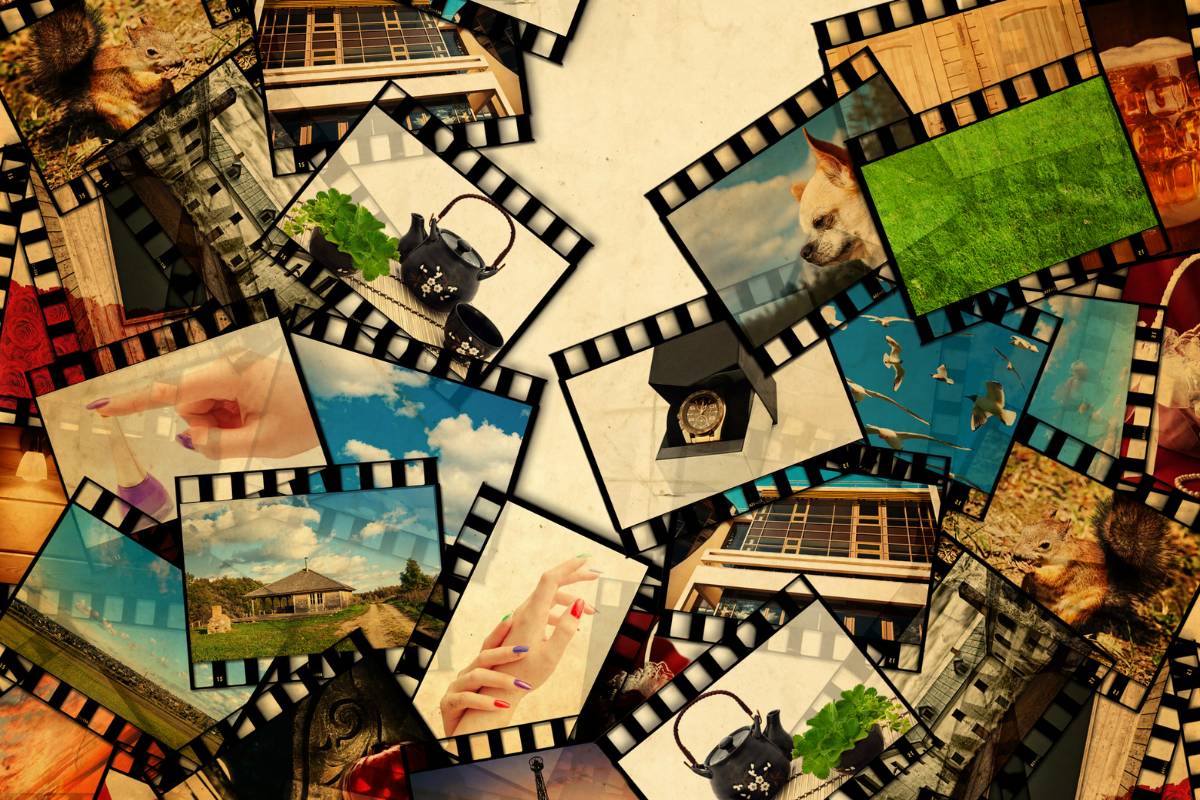Empowering Storytellers: Behind the Scenes of Creative Projects

All creative projects begin with a vision—a spark of an idea that takes on a life of its own. Whether it’s a film, a documentary, or a multimedia project, storytelling is at the heart of it all.
But behind every powerful story, there’s a whole team of people, a set of tools, and a range of creative challenges working together to bring that vision to life.
This article takes you behind the scenes of the creative process, exploring the art of storytelling from concept to completion.
Table of Contents
ToggleFrom Script to Screen: The Collaborative Journey of Creative Projects
Storytelling is far from a solo effort—it’s a team sport. Directors, screenwriters, actors, cinematographers, and countless others come together to create a unified vision. Success hinges on clear communication and a shared understanding of the project’s goals. One person’s idea often evolves through collaboration, resulting in something far greater than the original concept.
Think of how iconic films like The Lord of the Rings were shaped by collaboration, with artists working closely to build everything from detailed props to unforgettable soundtracks. Effective teamwork is about more than just meetings; it’s about maintaining trust and open channels of communication throughout the process.
The Role of Technology in Enhancing Creativity
Technology plays a pivotal role in pushing creative boundaries. Innovations like virtual reality (VR) and CGI have redefined what’s possible in storytelling, allowing creators to craft immersive experiences that transport audiences to entirely new worlds. Drones have also become essential tools, capturing breathtaking aerial shots that were once impossible to achieve without helicopters.
Beyond creative tools, technology enhances efficiency behind the scenes. For filmmakers, access to reliable gear is critical. This is where film equipment rental becomes indispensable.
Rather than buying expensive gear for every project, filmmakers can rent equipment tailored to their specific needs, ensuring they have the best tools without breaking the budget.
Mastering the Craft: Skills Every Storyteller Needs
To succeed in the creative projects industries, storytellers need a combination of skills—some artistic, some technical. Strong writing is the foundation of any great story, but that’s just the beginning. Directors need to inspire their teams, editors must find the perfect cut to maintain rhythm, and producers must manage resources and deadlines effectively.
The most successful creatives never stop learning. Whether it’s mastering new software, attending workshops, or staying up-to-date with trends, continuous growth is essential. For example, directors like Christopher Nolan are known for balancing innovative techniques with traditional storytelling, proving that the best in the industry never settle for what they already know.
The Unsung Heroes: Behind the Camera
While actors often get the spotlight, it’s the people working behind the camera who make the magic happen. Cinematographers, sound designers, and set builders are just a few of the many professionals whose work shapes the final product. The right equipment in the right hands can make all the difference between a good film and a great one.
To achieve the perfect shot, filmmakers rely heavily on high-quality equipment. Having access to the latest cameras, lighting setups, and sound equipment ensures that every shot is executed to perfection. It’s this level of precision and expertise that brings a director’s vision to life on screen.
Challenges and Breakthroughs: Overcoming Obstacles in Creative Projects
All creative projects come with their own set of challenges—tight budgets, looming deadlines, or technical hiccups. But some of the most iconic films only became legendary because of the hurdles their creators overcame. Take Jaws, for example. The mechanical shark used in the movie kept malfunctioning, forcing the director, Steven Spielberg, to film many scenes without it. Ironically, this limitation led to some of the film’s most suspenseful moments, proving that constraints can spark creativity.
When challenges arise, creative projects teams need to be resourceful. Solutions often come from unexpected places—like reimagining a scene on the fly or switching to a rented piece of equipment at the last minute.
Empowering the Next Generation of Storytellers
The future of storytelling depends on empowering the next wave of creators. Mentorship plays a crucial role in this process, with established professionals passing down knowledge and insights to newcomers. Initiatives like film schools, creative projects workshops, and industry internships provide valuable learning opportunities.
Encouraging young creatives to experiment and fail is equally important. Storytelling is as much about trial and error as it is about talent. When emerging storytellers have access to the right resources—whether it’s training or mentorship—they’re empowered to bring their ideas to life.
Conclusion
Behind all the creative projects lies a complex web of collaboration, technology, and perseverance.
Storytelling is an art, but it’s also a craft honed through teamwork, access to the right tools, and a willingness to overcome obstacles. Whether it’s leveraging advanced technology, renting equipment to fit a project’s needs, or passing down knowledge to the next generation, empowering storytellers ensures that creative projects continue to thrive.
With the right resources and a collaborative spirit, storytellers can bring even the boldest visions to life—and that’s where the magic truly begins.
Published by Carol Jones
My aim is to offer unique, useful, high-quality articles that our readers will love. Whether it is the latest trends, fashion, lifestyle, beauty , technology I offer it all View more posts
Recent Post
Why the Sembylon M416 Foam Blaster Stands Out

Check Driver Online to Boost Your PC’s Performance

Biohacking for Weight Loss: A Science-Backed Guide





